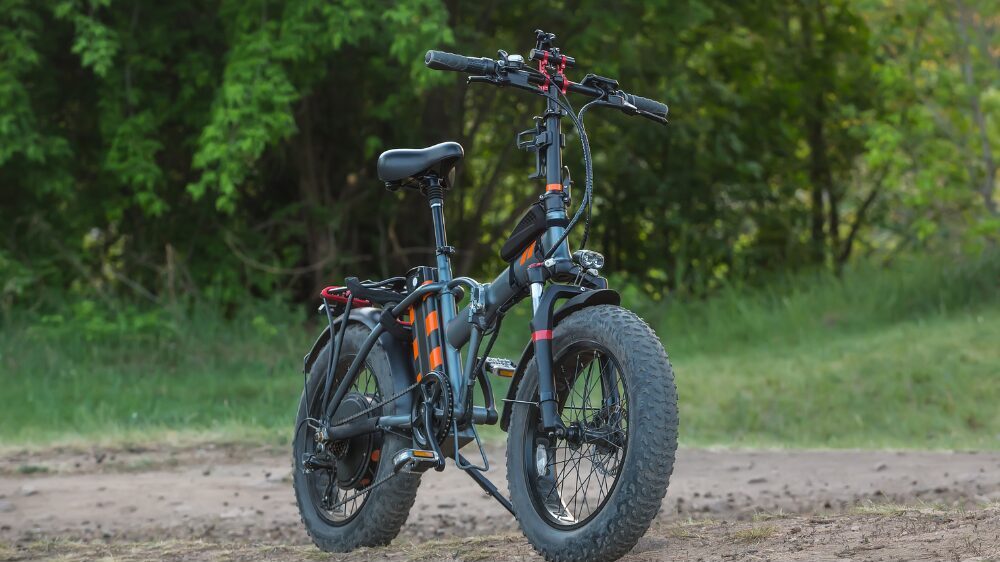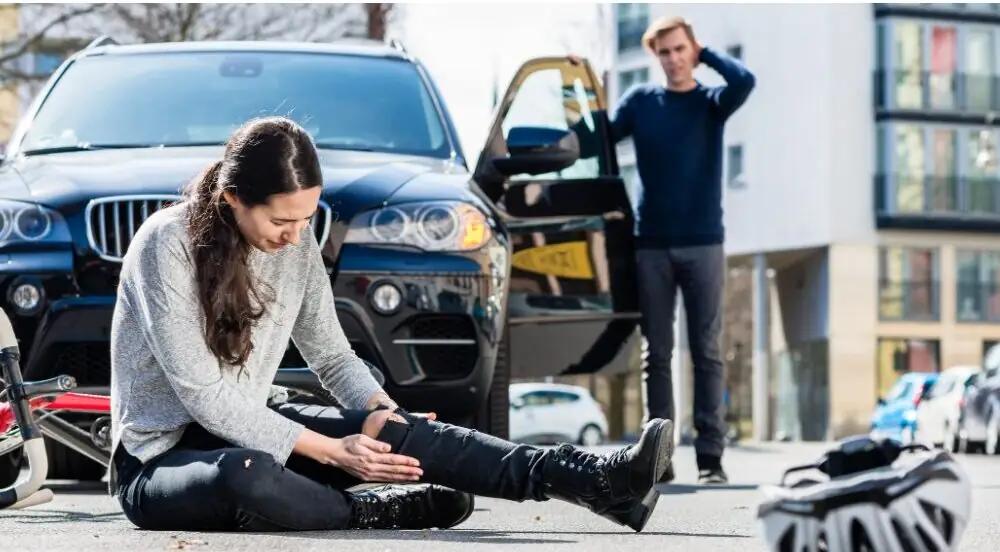
E-bikes have quickly become a popular and exciting way for both kids and adults to get around, offering a fun and efficient alternative to traditional bikes. However, like any mode of transportation, safety is a major concern. In addition to the accident risks associated with any bicycle or scooter, E-bikes come with risks such as flammable lithium-ion batteries, brake failure, unexpected acceleration, and bikes collapsing mid-ride. Manufacturers may be held liable for damages if their product fails and causes an injury, but it is up to the rider to operate safely, or risk being liable themselves.
From 2017 to 2022, the Consumer Product Safety Commission (CPSC) reported over 53,000 hospital visits related to e-bike accidents, many involving collisions with motor vehicles or bike control issues. Alarmingly, head injuries among e-bike riders are rising, while helmet use is decreasing, contributing to the increasing number of emergency room visits. E-bike injuries have surged 30 times, with hospitalizations up 43 times during this period. These incidents are often exacerbated by e-bike speeds, which can exceed 20 mph or more, and result in traumatic brain injuries or other major injuries.
Dangers Posed by E-Bikes
E-Bikes Catching on Fire
One significant concern is the lithium-ion batteries powering e-bikes. These batteries can overheat, catch fire, or even explode, especially when damaged or improperly charged, posing a serious fire risk.
Brake Failures
One of the most alarming defects in low-cost e-bikes is brake failure. Unlike traditional bicycles, e-bikes travel at much higher speeds, often exceeding 20 mph. This added velocity requires high-quality braking systems capable of stopping quickly and safely. However, many budget e-bike manufacturers cut corners on materials and design, leading to:
- Inadequate braking power: Cheap disc brakes that don’t provide sufficient stopping force at high speeds.
- Premature wear and failure: Poorly manufactured brake pads and rotors that degrade quickly or fail completely.
- Brake disengagement: Instances where brakes suddenly stop working, leaving riders unable to slow down.
When brakes fail at high speeds, riders lose control, increasing the risk of collisions with cars, pedestrians, or stationary objects. If manufacturers knowingly sell bikes with faulty braking systems, they may be held liable for injuries under product liability laws.
Folding E-Bikes: Collapsing Mid-Ride
Folding e-bikes, designed for convenience when transporting bikes in cars or on public transit, have introduced a frightening risk—frames that collapse while in motion. Common issues include:
- Weak locking mechanisms: Hinges and latches that fail under pressure, causing the bike to fold unexpectedly.
- Structural defects: Frames made from inferior materials that snap under normal riding conditions.
- Poor assembly instructions: Riders unknowingly riding with improperly secured frames due to unclear or misleading manufacturer guidance.
Such collapses can lead to riders being thrown forward, resulting in head trauma, broken bones, and other serious injuries. Manufacturers who fail to test or reinforce their folding mechanisms may be held accountable for these accidents.
Unexpected Acceleration
Another major risk with budget e-bikes is unexpected acceleration, where the bike surges forward without the rider engaging the throttle or pedaling. This can occur due to:
- Faulty motor controllers: Malfunctions that cause the motor to engage at full power without warning.
- Software glitches: Programming errors that override rider input and propel the bike forward.
- Throttle sticking issues: Poorly designed throttles that fail to return to the neutral position, leading to uncontrolled acceleration.
These sudden surges in speed can catch riders off guard, resulting in falls or collisions.
Tips to Avoid Injury (and Liability) on an E-Bike
- Follow Manufacturer Guidelines: Adhere to the manufacturer's recommendations, including those concerning proper charging, modifications or accessories, and weight and age restrictions, to ensure safe operation. This is incredibly important - not following the manufacturer guidelines can result in insurance claims being denied and the manufacturer facing no or significantly reduced liability for injuries.
- Watch the CPSC's Safe Riding PSA: Educate yourself about common hazards and how to avoid them.
- Always Wear a Helmet: A helmet is crucial to protect your head during falls or collisions.
- Stay Alert: Be cautious of your surroundings, as drivers and pedestrians might not notice you. Avoid sudden, unpredictable movements.
- Use Your Bell or Horn: Alert others of your presence, especially in busy areas.
By following these safety tips, e-bike riders can enjoy a safer, more enjoyable ride while minimizing risks, and protecting themselves if they seek damages in a product liability lawsuit.
Contact an Experienced Product Liability Lawyer
If you or your child has been injured on an e-bike, it’s important to take action. Our product liability attorneys have decades of collective experience challenging corporations and manufacturers to do better for their customers and take responsibility for their mistakes.
If you have a potential product liability case you would like to discuss, call Jonathan Yousling or Tirra Seely at 800.273.5005 or email them at to schedule a free lawyer consultation.




